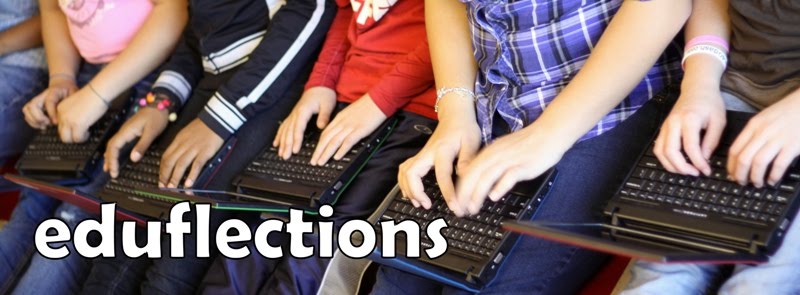These are questions that all teachers need to ask themselves. One thing that I learned by going through the National Boards process and becoming a Candidate Support Provider is that there isn't just one right answer. However, there are some constants that you can find in the classrooms of each amazing teacher.
 In these classrooms, students always come first. We cannot continue teaching in the same way that we've always taught because our students have changed. Just because it's easy for us, doesn't mean that it's what is best for our learners. Whatever their individual needs are, it is our responsibility to identify them and help them grow. Every decision we make, must focus on them and what they need to accomplish. We must get to know our students and have conversations with them. We need to let them design their learning environment, set their classroom norms, design their own assessment, and set their own goals for learning. Amazing teachers listen to their students and let them create solutions to academic and personal challenges.
In these classrooms, students always come first. We cannot continue teaching in the same way that we've always taught because our students have changed. Just because it's easy for us, doesn't mean that it's what is best for our learners. Whatever their individual needs are, it is our responsibility to identify them and help them grow. Every decision we make, must focus on them and what they need to accomplish. We must get to know our students and have conversations with them. We need to let them design their learning environment, set their classroom norms, design their own assessment, and set their own goals for learning. Amazing teachers listen to their students and let them create solutions to academic and personal challenges.Learning has to be meaningful and engaging. With technology, students are the masters of their own universe. They have a 24/7 constant flow of information and connection to those around the world. Everything in which they engage themselves is meaningful and purposeful to them. Students, no matter the age, need to find the relevance to what they are learning and how it improves them and the world around them.No longer are students enthusiastic about digging into a subject matter because it's going to be on a test. "About" presentations aren't engaging or meaningful as students are just spitting out facts that don't relate to their lives.They want to know how they will use the content standards now. They must have a reason to connect with their learning.
In these classrooms, the teacher is the facilitator learning, not the sole disseminator of information.We are the content specialists and the strategists. We need to guide our students in making important discoveries and reaching their academic and personal goals. Can this be done if the teacher is in the front of the room lecturing for the entire class without active student participation? No. It doesn't matter if we give the best lecture of our lives if we don't know what each student is thinking, processing, and applying from the content into meaningful context for them. Our students need an opportunity to share their voices and their thoughts. They need to communicate with one another and with those around the world to share their learning and ideas. With our guidance, they need to make choices about what they will learn, how they will learn it, and how they will share their learning with others.
Because none of us has the exact group of learners, the appearance of good teaching will differ from classroom to classroom. However, outstanding teachers know that their students must come first and that they must be engaged in active, meaningful learning. It is important for us to reflect and make sure that we are doing everything we can to positively impact student learning. Without it, we've lost our lost our kids and ultimately...our future.

Can you give me an example of active learning in a chemistry classroom with a brand new concept with which students are unfamiliar? How can they communicate in groups or a discussion if they are not capable of doing so if they don't have the necessary background knowledge? If your textbooks are not sufficient to provide this background then how do students get this background?
ReplyDeleteJeromy: Although I do not teach chemistry, I believe that elements of good teaching apply across grade levels and content areas. I too struggled with how I could move to a student-directed class and let go of my presentations. I also had insufficient textbooks and support materials. I'll be happy to share with you what worked for me. First of all, I didn't let go all at once. I began by doing short parts of a class each day, then a couple of days a week, and so on. When I introduce a new concept/skill/strategy, I provide my students with a collection of resources on that topic for them to explore. I'll usually compile them all in a wiki, Blendspace, or blog; since I know my learners, there are resources that meet each of the learning styles and multiple intelligences of my students. Then, I give them a prompt, some direction in their searching and learning on that topic. Usually, they work in pairs or small groups and I travel around the classroom to provide support or ask probing questions to guide their thinking. After some time to explore, as a class, we discuss what they learned. Once they built a foundation of knowledge, then they begin working on an inquiry based problem or project to apply their new knowledge.
DeleteI hope that this helps. I know that I was very anxious about stepping away from the front of the classroom and letting the students learn. Please let me know if you have any further questions or concerns.